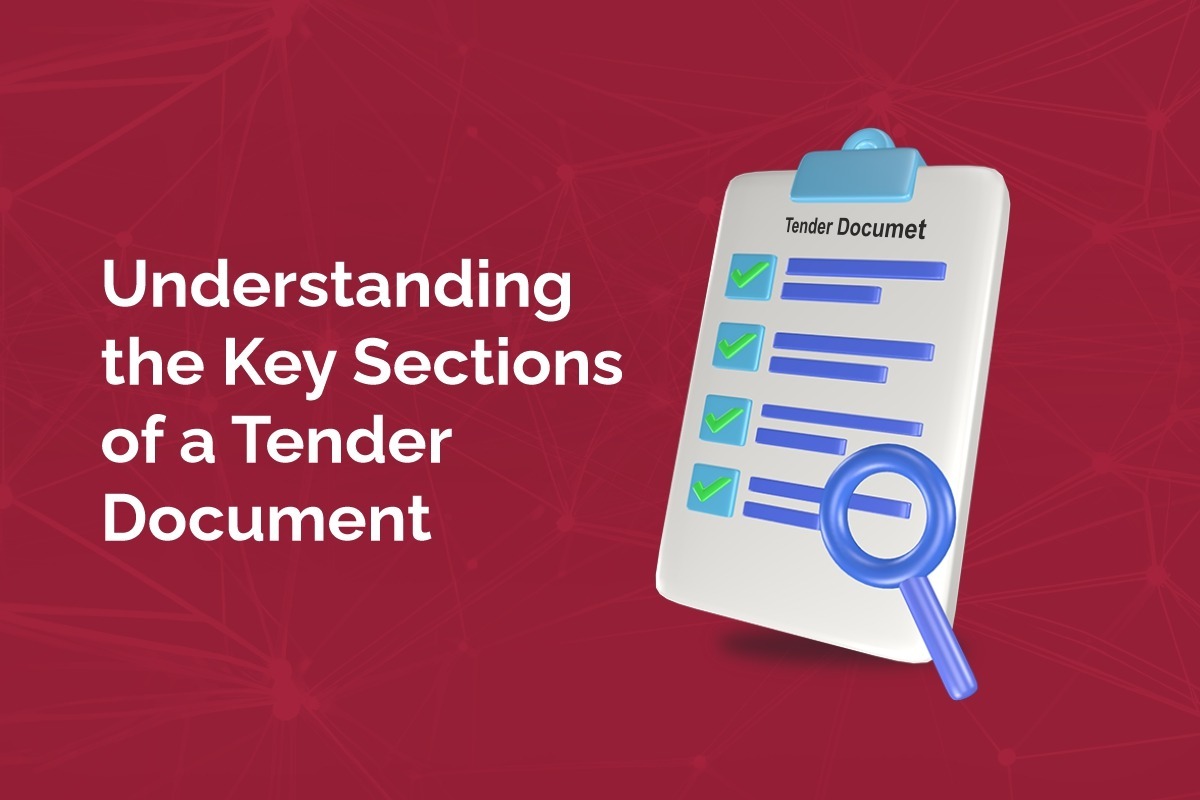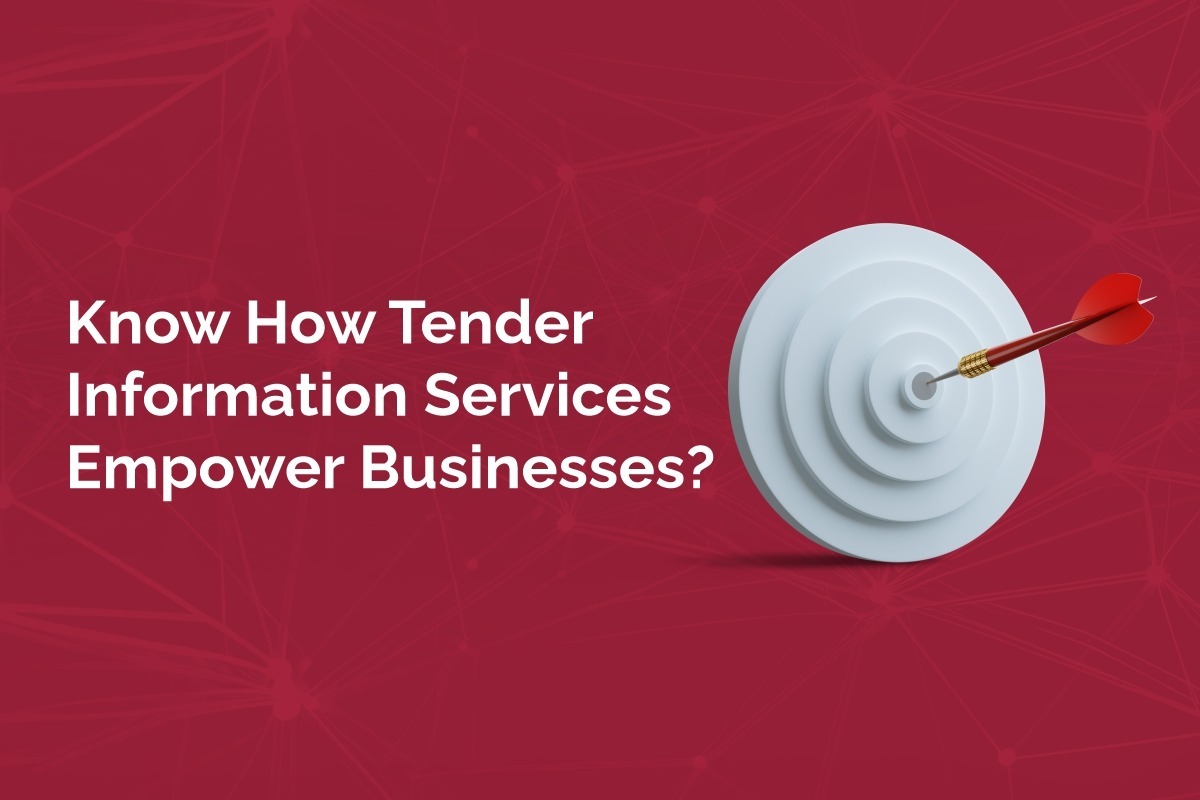Whether you’re a seasoned contractor or a new entrant exploring government tenders, e-tendering portals, or private sector opportunities, understanding how to read a tender document is critical. A well-prepared tender document not only outlines what the buyer wants but also sets the rules of the game – from how to bid to how the evaluation will be done.
Let’s break down the key sections commonly found in a tender document and what each of them means for you as a bidder.
1. Notice Inviting Tender (NIT)
What it contains:
The NIT is like the summary of the tender – a snapshot that includes:
- Tender title and number
- Brief description of work
- Value of the contract (estimated cost)
- Bid submission deadlines
- Eligibility conditions (turnover, experience, etc.)
- Contact information for queries
Why it matters:
If the NIT doesn’t match your firm’s capabilities or domain, no need to read further. It helps you quickly decide whether to pursue the opportunity. This is often the first thing you’ll find on e-tendering portals like the Central Public Procurement Portal or Government eProcurement System.
2. Instructions to Bidders (ITB)
What it contains:
This section guides bidders on how to prepare and submit the bid. It includes:
- Bid format and documents required
- Mode of submission (online/offline)
- Clarification process and pre-bid meetings
- EMD (Earnest Money Deposit) requirements
- Bid validity period
- Important deadlines
Why it matters:
Missing any instruction here,like incorrect format or delayed submission, can get your bid rejected outright. This is especially relevant for online tenders on platforms like the e-procurement portal.
3. Eligibility Criteria / Pre-Qualification (PQ) Requirements
What it contains:
- Financial: Annual turnover, net worth, solvency
- Technical: Past experience, project credentials
- Legal: Certifications, registrations (GST, PAN, MSME, etc.)
- Special conditions for JV/Consortiums
Why it matters:
Even the best-priced bid won’t be opened if you fail the PQ stage. Review this first to check if you qualify. This is often critical for Central Government Tenders, Defence Tenders, or projects under the Central Public Works Department Tender.
4. Scope of Work / Technical Specifications
What it contains:
- Detailed description of what is to be done, delivered, or developed
- Material, manpower, and equipment standards
- Site conditions and work methodology
- Quality and safety standards
Why it matters:
This section helps estimate cost and effort accurately. It’s where the “real work” is described. You’ll frequently see detailed specs here in central govt procurement portal listings or tendering process documents on e-tender government portals.
5. Bill of Quantities (BOQ) / Price Schedule
What it contains:
- Itemized list of work with quantities and units
- Format for submitting financial bid
- Instructions on pricing (inclusive of taxes, duties, etc.)
Why it matters:
This is the financial heart of your bid. Errors or omissions here can result in disqualification or major financial risk. Most e procurement tenders provide BOQ formats to download from the government tenders portal.
6. Evaluation Criteria
What it contains:
- How technical and financial bids will be scored
- Weightage for different parameters (like experience, price, methodology)
- Minimum thresholds for qualification
Why it matters:
Understanding how you’ll be evaluated helps tailor your bid to maximize scoring. These criteria are often detailed on the central govt e procurement platforms or government electronic procurement systems.
7. Forms and Annexures
What it contains:
- Cover letter formats
- Power of attorney
- Affidavits
- Compliance checklists
- Bid submission forms (Form A, B, C, etc.)
Why it matters:
These are mandatory and often must be signed, stamped, and uploaded precisely as per instructions. Most e-tendering portals provide downloadable annexures, so always check before submission.
8. General Conditions of Contract (GCC)
What it contains:
- Standard contractual clauses about payment, penalties, termination, arbitration, etc.
- Responsibilities of both parties
- Force majeure, confidentiality, and dispute resolution
Why it matters:
Sets the legal framework. Know your rights and liabilities before signing the dotted line. This is especially important in central tender and gem tender processes.
9. Special Conditions of Contract (SCC)
What it contains:
- Project-specific conditions overriding the general ones
- Special payment terms, penalties, deliverables timeline
Why it matters:
These clauses often carry risks or benefits specific to the contract – always read closely. On platforms like Tender Gem or the Indian Bank Tenders section, these clauses can impact profitability.
10. Corrigendum / Addendum (if issued later)
What it contains:
Any change to the original tender – such as new deadlines, relaxed eligibility, or technical revisions.
Why it matters:
Always track this section post-publication. Ignoring corrigenda may make your bid non-compliant. E Tender portals and the Gram Panchayat Tender List sections are regularly updated with corrigenda.
Final Thoughts
A tender document isn’t just paperwork – it’s a blueprint of a potential business opportunity. Skimming through it is risky. Instead:
- Start with the NIT and eligibility
- Read instructions thoroughly
- Understand what’s expected technically and contractually
- Submit your bid in the exact format and timeline
Mastering how to read a tender document can significantly improve your success rate – whether you’re bidding through e tender government system, GeM Tenders, or the Central Government Tender platform.
Happy bidding!




